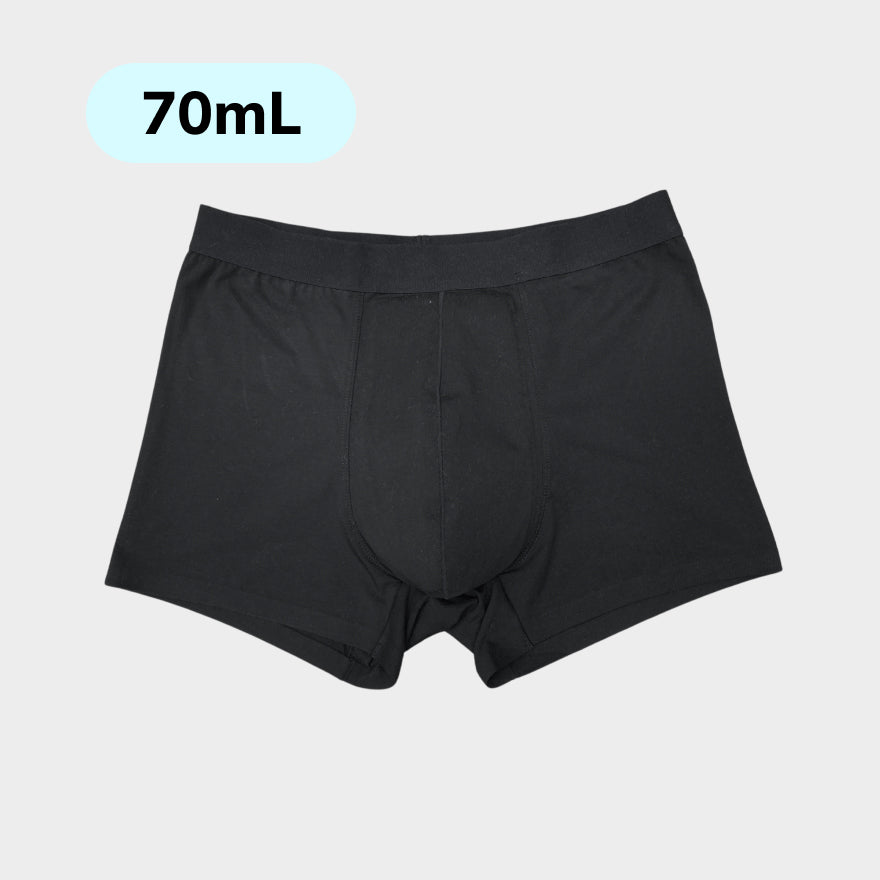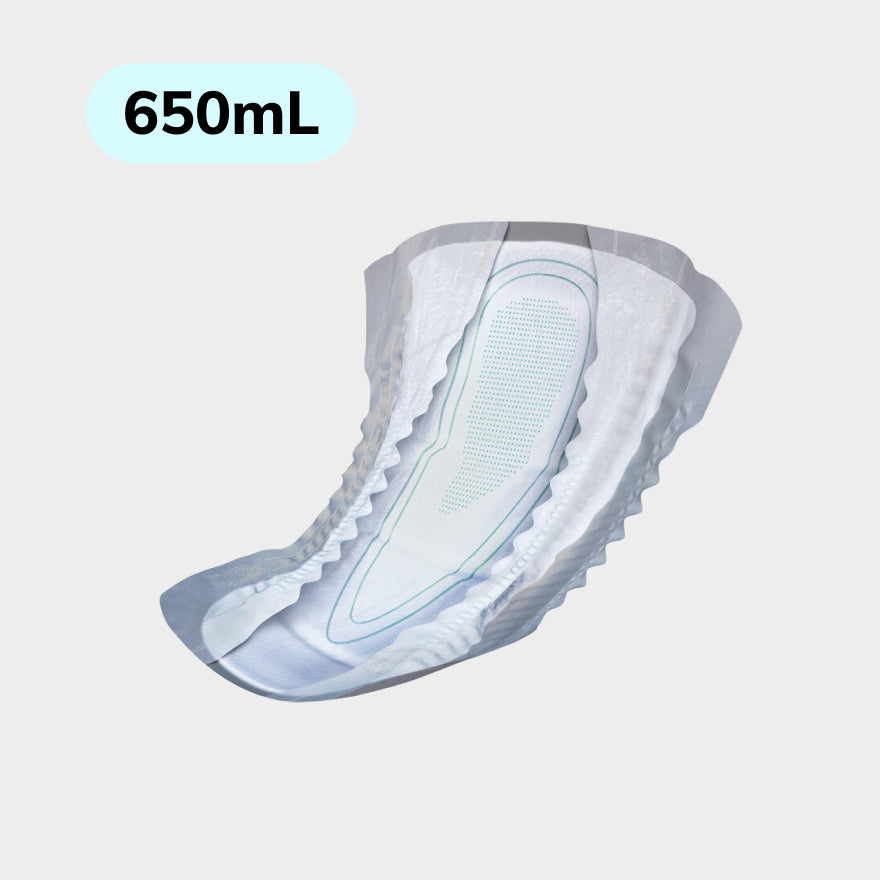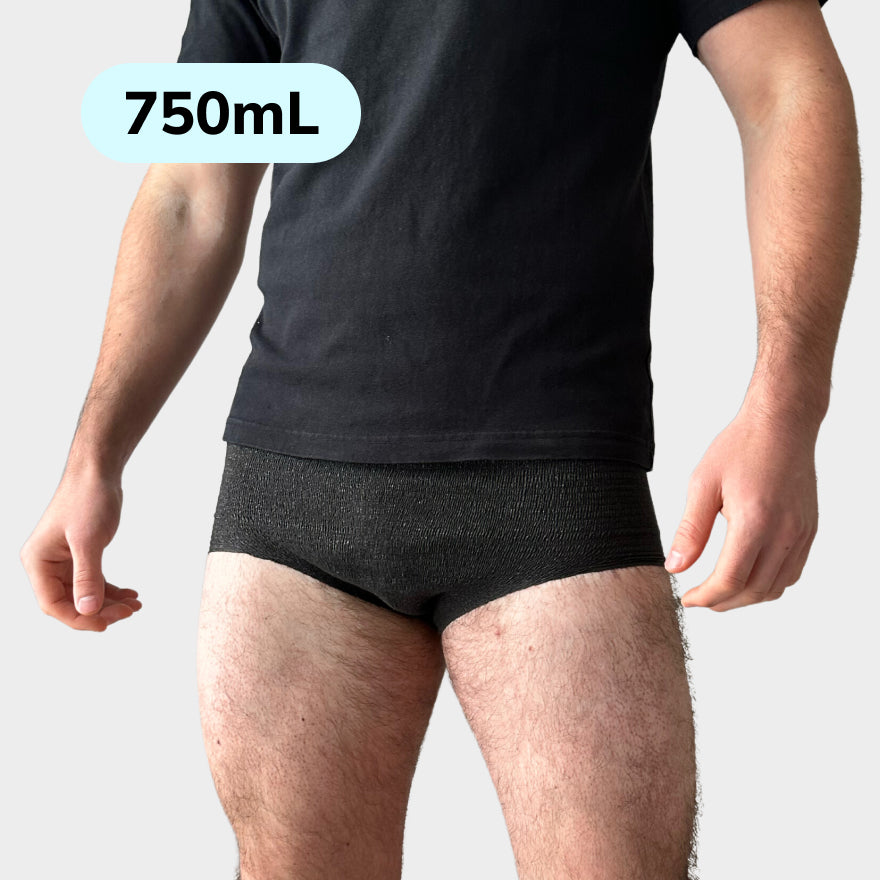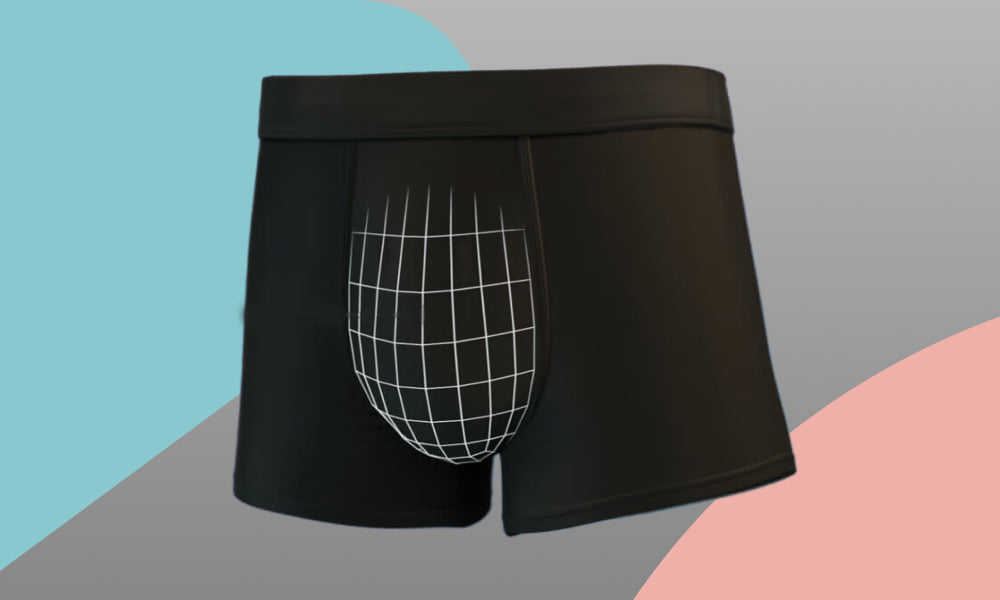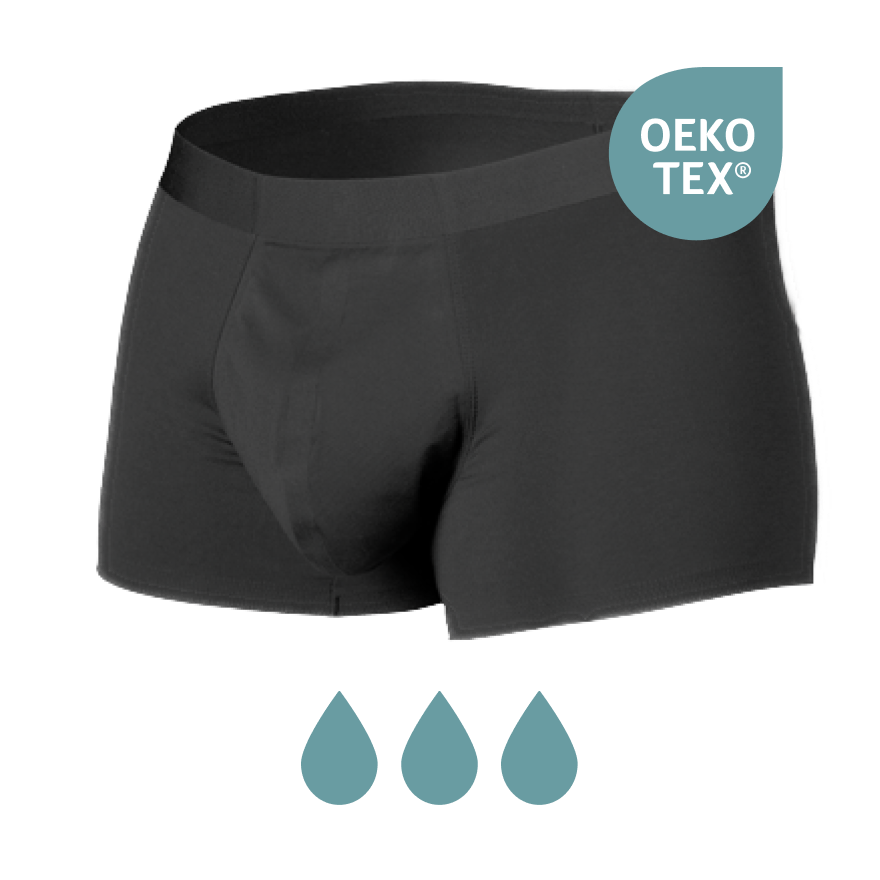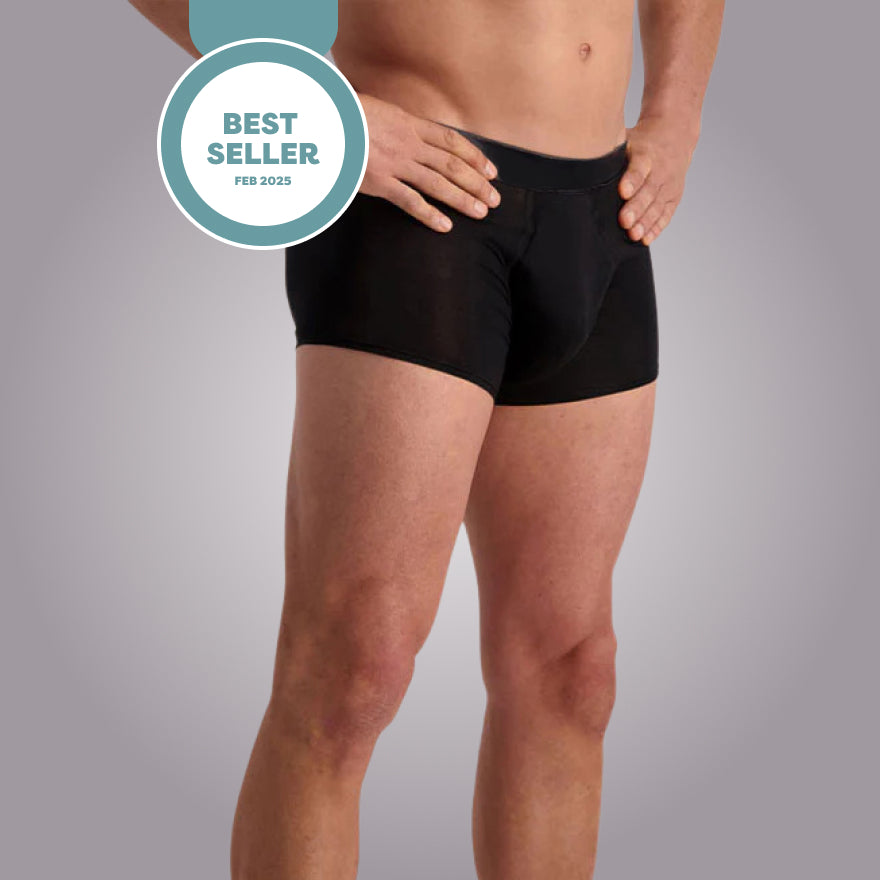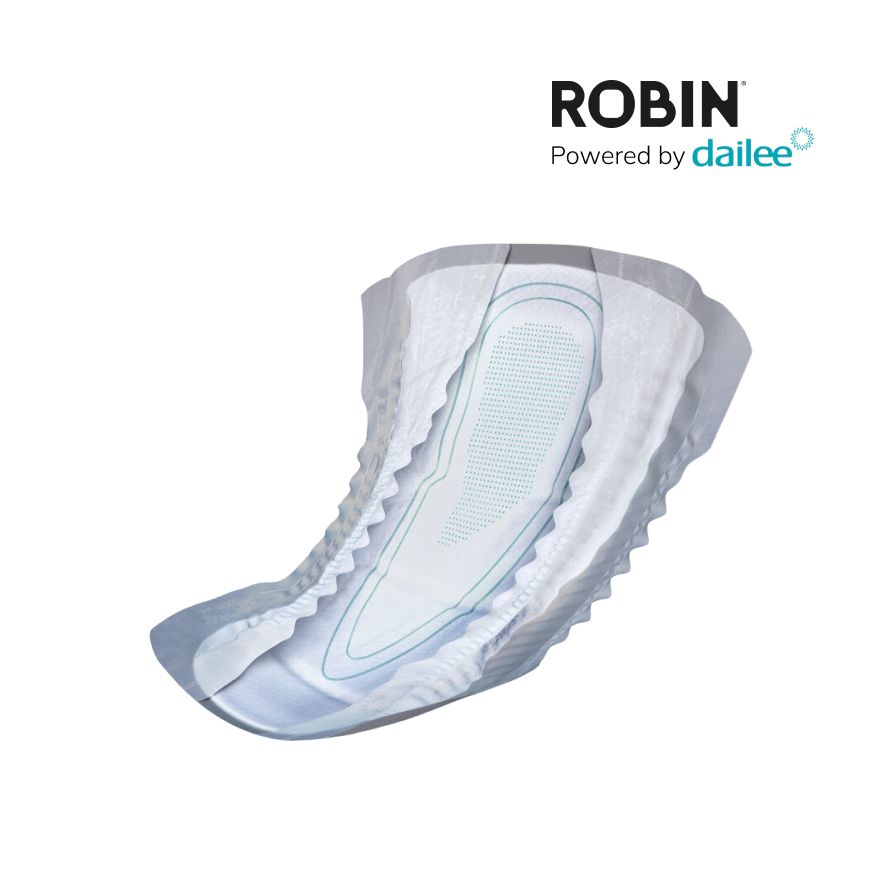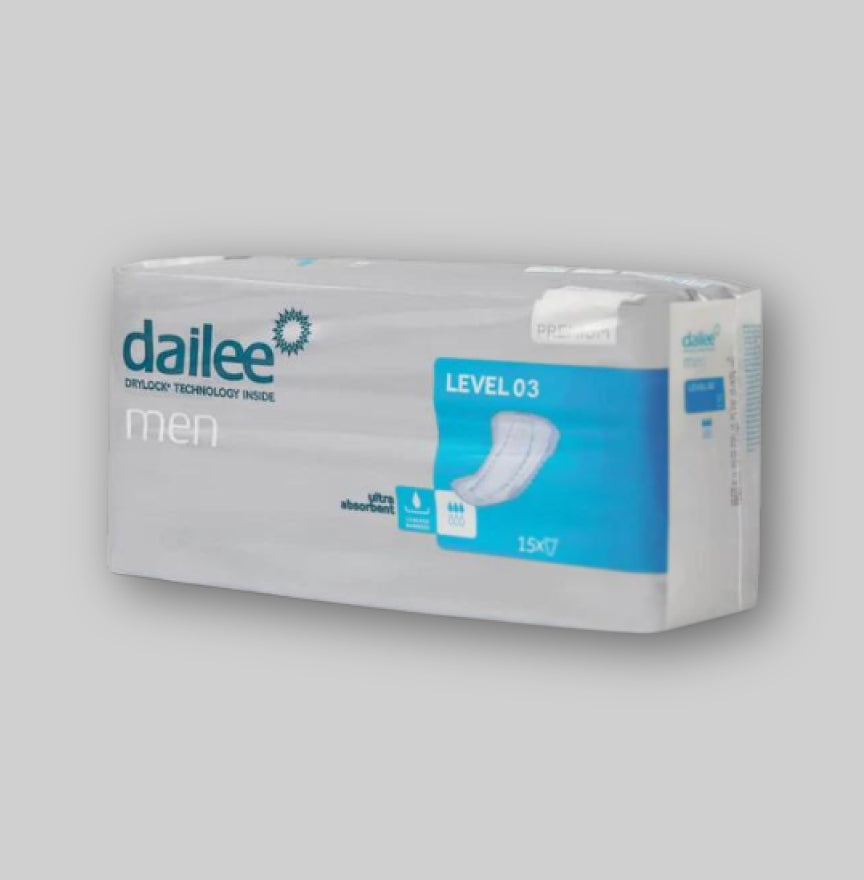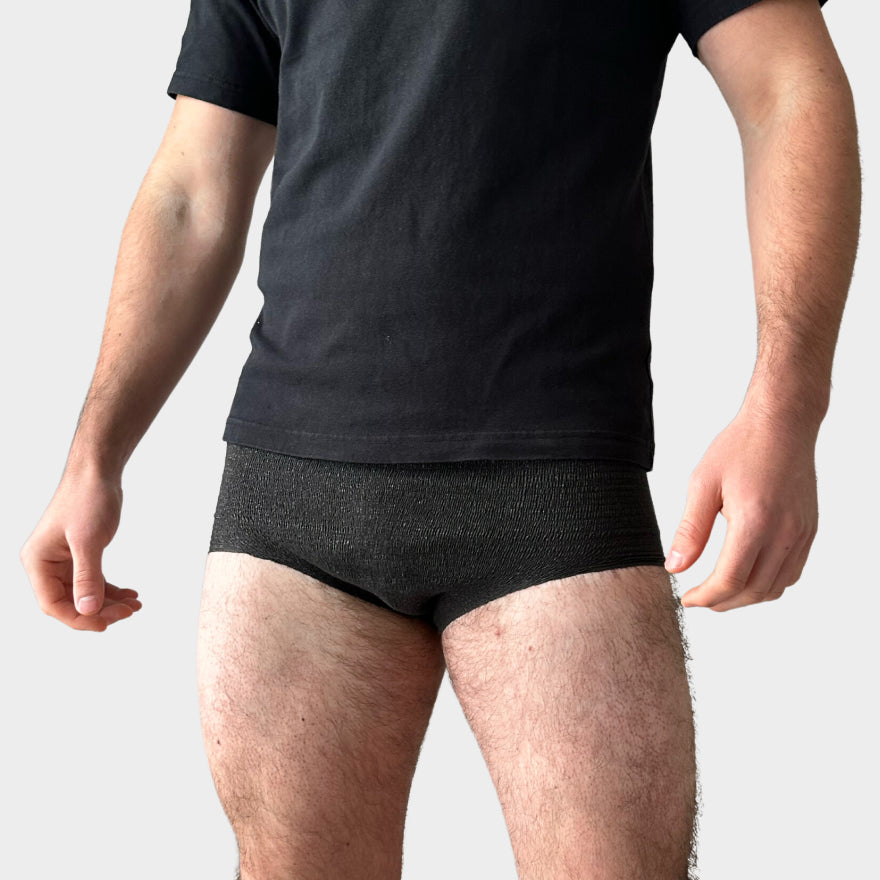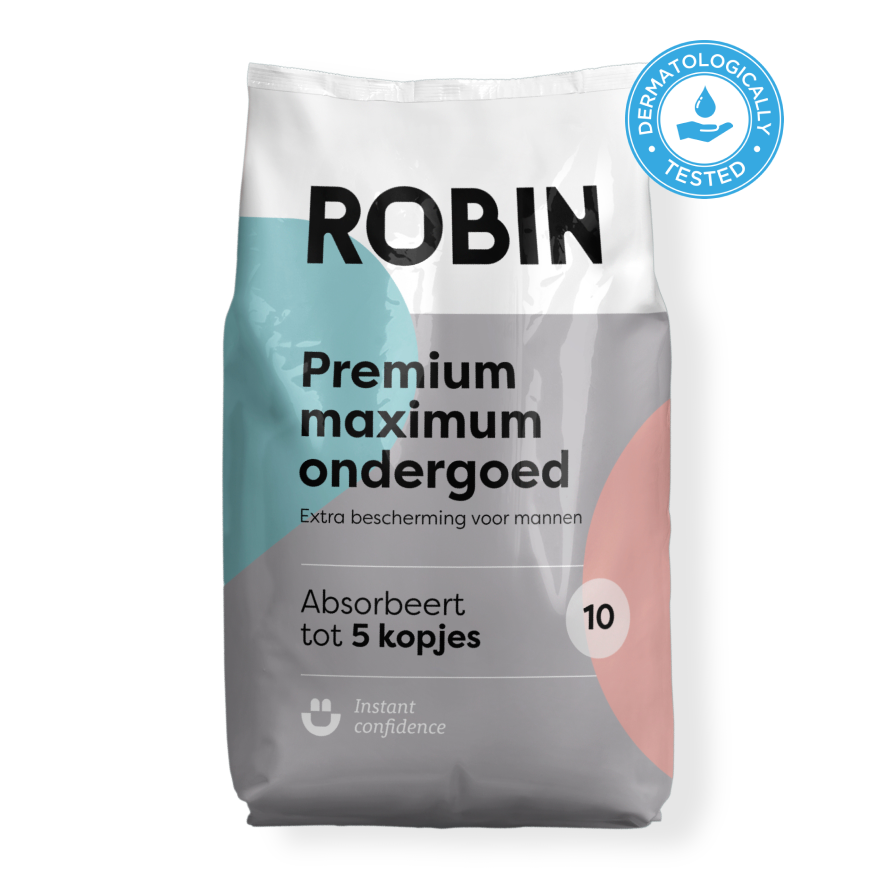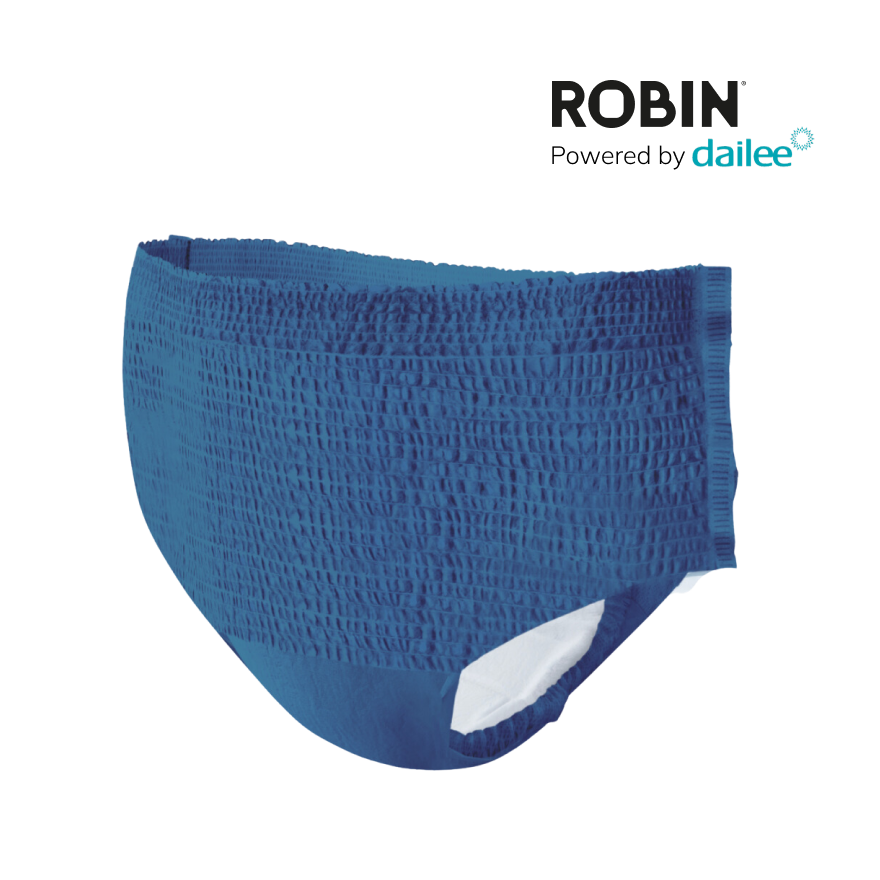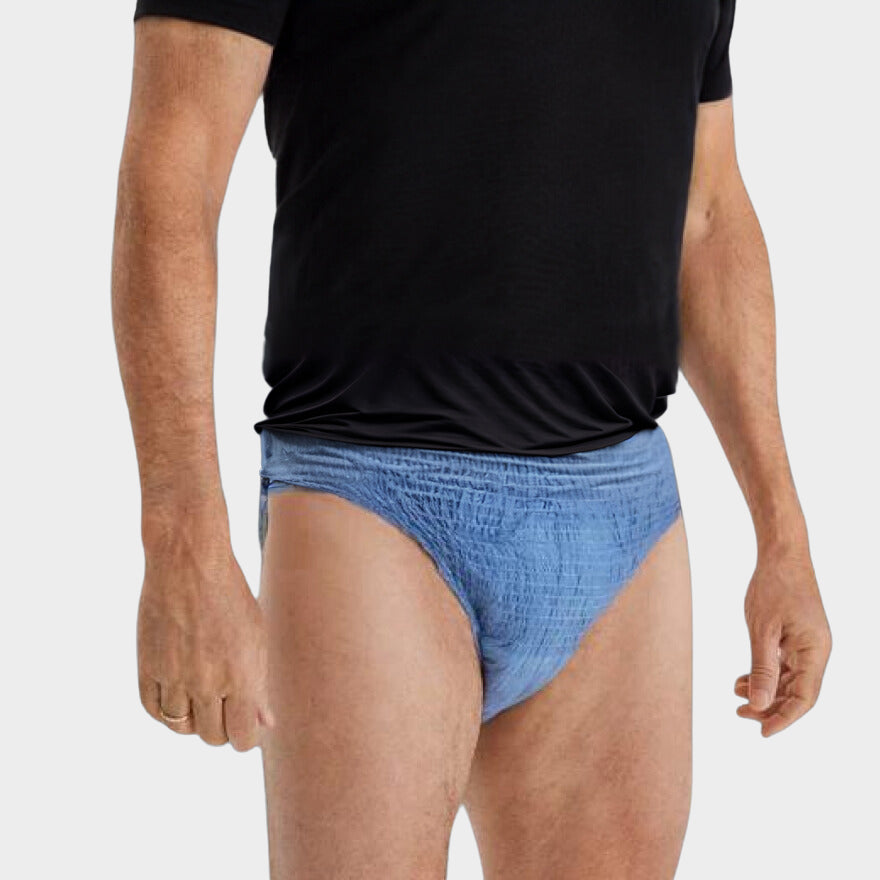Heat tolerance in the elderly is an important problem for public health that requires the attention of both medical professionals and policy makers. As people get older, their ability to regulate the body temperature changes, making them more sensitive to temperature fluctuations. This has important consequences during warm periods, in which the risks of heat-related diseases such as heat exhaustion and heat material increase.
The human body has various mechanisms to promote heat discharge, including sweating and vasodilatation, becoming widely blood vessels. However, these systems can work less efficiently in the elderly. This can be due to chronic conditions, the use of certain medicines or general physical changes related to aging.
In addition, environmental factors and personal habits play an important role in how well the elderly are able to deal with heat. Adequate hydration, access to cooling and limiting physical exertion during the hottest hours are crucial measures to prevent heat -related problems in the elderly. It is therefore essential to have insight into the risk factors and prevention strategies to protect this vulnerable group during warm weather.
Heat tolerance in the elderly

Heat tolerance refers to the ability of an older individual to withstand and regulate high temperatures. This is a crucial health aspect since the elderly run a higher risk of heat -related disorders.
Definition and interest
Heat tolerance is the adaptability of the body to function under higher temperatures. This power often decreases with age. Guaranteeing sufficient heat tolerance in the elderly is important for preventing heat exhausting and stroke, which means serious health risks.
Physiological challenges
The elderly experience physiological changes that influence their heat regulation. Reduction of sweat production and a slower circulation can reduce heat dissipation. In addition, the perception of thirst can decrease, which increases the chance of dehydration.
- Lowered thermal regulation: A decrease in the efficiency of the thermore -gulating system is common.
- Reduced heart function: This can lead to a reduced adaptability of temperature changes.
- Decrease in skin bloodstream: The blood circulation in the skin plays an essential role in temperature regulation.
Risk factors for heat -related diseases
Various factors increase the risk of diseases due to heat in the elderly. Recognizing and minimizing these factors is important for prevention.
- Age-related changes: These include reduced sweating and changes in blood circulation.
- Chronic diseases: Disorders such as heart failure or diabetes increase the risk.
- Medication: Some medicines can influence hydration status and heat regulation.
- Socio-economic factors: Limited access to cooling or hydration can increase the risk.
Heat tolerance in adults

Heat tolerance refers to the power of the body to effectively deal with high temperatures and adapt to heat. In adults, this power can vary and is influenced by several factors.
Comparison with the elderly
Adults generally have a better heat tolerance than the elderly. This difference stems from various physical changes that occur as people get older. The elderly often have reduced sweat production, which is essential for regulating body temperature. They may also have to deal with a slower heart rate response, which can further delay the power of the body to cool down. Medication use can also affect the heat tolerance; Many elderly people take medicines that influence thermoregulation.
Prevention of heat -related problems
Prevention is crucial to avoid heat -related problems in adults. It is important to take the right measures to prevent overheating:
- Hydration: Regular intake of water to prevent dehydration.
- Light clothing: Wearing loose, airy and light -colored clothing.
- Environment: Staying in shady or cool environments during the hottest hours of the day.
- Physical exertion: Limiting intensive physical activities at high temperatures.
Recognizing symptoms such as dizziness, fatigue and excessive sweating is important for early intervention. When these symptoms occur, you must cool down and, if necessary, seek medical help.
Adaptation strategies

The elderly can improve their tolerance for heat by applying specific adaptation strategies. These strategies are essential for maintaining health during warm periods.
Acclimatization processes
Acclimatization refers to the power of the body to adapt to higher temperatures. Elderly Can gradually increase their exposure to the heat to give the body the chance to adjust. This process can take a few days to weeks and requires consistency.
- Step -by -step exposure: Start with short periods and increase gradually.
- Consistency: Daily exposure is essential for effective acclimatization.
Behavioral adjustments
The elderly can implement various behavioral adjustments to minimize the risks of heat.
- Humidity: wearing loose and light clothing promotes evaporation and cooling.
- Activity level: Adjusting the intensity and timing of activities can prevent overheating, especially during the hottest hours of the day.
| Activities | Amendment |
|---|---|
| Walk outside | Early in the morning or late in the evening |
| Gardening | During shady periods |
Medical
It is important that the elderly recognize medical considerations that can influence the heat tolerance.
- Medication: Some medicines can increase the risk of dehydration. Always consult a doctor about possible side effects.
- Hydration: sufficient water intake is crucial. The elderly should drink regularly even if they are not thirsty.
Climate change and public health

Climate change has a significant influence on public health, in particular due to the increase in heat waves that make the heat tolerance of the elderly adults more difficult.
Impact of climate on heat tolerance
The increased frequency and intensity of heat waves due to climate change affect the heat tolerance of the elderly. Their ability to remove heat is often reduced by physiological changes associated with aging. In addition, medication can adversely affect thermoregulation and the perception of heat. This increases the risk of heat -related health problems such as:
- Dehydration: Reduced thirst perception and kidney function.
- Heat stress: Overload of the cardiovascular system.
- Heat exhaustion: Exhaustion caused by a combination of high temperatures and insufficient moisture intake.
Urban heat islands and vulnerability
Urban areas can be considerably warmer than surrounding rural areas due to the concentration of buildings, vehicles and industry. This effect is known as it urban heat island phenomenon. The elderly in these environments are particularly vulnerable to heat by:
- Limited access to green spaces: Parks and trees offer cooling, which can be limited in urban areas.
- Difficulties in temperature regulation: Apartments without air conditioning or insufficient insulation can reach temperatures indoors that are higher than outside.
Due to the combination of physiological risk factors and the increase in urban heat islands, it is essential to coordinate city planning and health care strategies to reduce the risks for the elderly.
Policy measures and recommendations

This section focuses on concrete strategies to promote heat resistance in the elderly adults through government interventions and urban development.
Public health interventions
Government institutions play a crucial role in the protection of the elderly against heat -related health problems. An example of an effective measure is the Development of local heat action plansThese specific guidelines contain extreme weather conditions. These plans must be drawn up in collaboration with meteorological services and health organizations. The important here is also the Cultivation of public awareness Through educational programs that inform the elderly about the risks of heat and provide them with practical advice to resist heat.
-
Monitoring and Response: Governments must set up real -time monitoring systems that can respond quickly with dangerous heat waves.
- Alert and warning systems; Providing timely information via television, radio and social media.
- Reception centers; The design of cooled public spaces where the elderly can find temporary cooling.
Building standards and urban planning
Adjustments in construction policy and urban planning can significantly contribute to reducing heat effects, especially in residential environments of the elderly. The focus must be on it Preparation of building regulations Insuring thermal comfort without being dependent on energy-intensive air conditioning. Examples of this are the use of insulation materials and the design of buildings with sufficient natural ventilation.
-
Green spaces: The integration of sufficient green spaces in urban areas contributes to cooling through shadow and evaporation.
- Planting trees in streets and parks
- Green roofs and façade vegetation on buildings
-
Heat -resistant design: Application of reflective materials in the road surface and on roofs can reduce the absorption of solar heat.
- Paving
- Special coatings for roofs
Technological and innovative solutions

The use of technology plays a crucial role in improving heat tolerance for the elderly adults. Innovations in clothing and home modifications offer new opportunities to prevent overheating.
Cooling clothes and personal cooling devices
Cooling clothing uses special substances that simulate or strengthen the perspiration process, so that the body cools naturally. Personal cooling devices, such as cooling tires and water sprayers, can also be used to regulate the body temperature.
- Refrigerator: These vests contain special gel packs that can be cooled in advance.
- Nebulizers: Portable devices that give off a fine spray water for cooling.
- Cooling tires: Wrist and head tires with cooling properties.
Heat -resistant home adjustments
Adjusting homes is essential to protect the elderly against the heat. Insulation, sunblindand, and Climate control systems are key components for a heat -resistant environment.
- Insulation: Improved insulation keeps houses cooler in the summer and warmer in the winter.
- Sunblind: Outdoor shutters, reflective films and special window coatings block the heat radiation.
- Climate control: Air conditioning and fan systems ensure a constant indoor temperature.
Frequently asked questions

At high temperatures, the elderly run an increased risk health problems. This section provides answers to frequently asked questions about protecting the elderly against heat.
How can we best protect the elderly against heat?
It is important to keep the elderly in a cool environment and to remind them of regularly drinking water. Light clothing and avoiding busy outdoor activities during the peak hours of heat are also effective protection measures.
What measures are there in healthcare institutions for the elderly during a heat wave?
Healthcare institutions serve a climate -controlled environment to offer, to guarantee sufficient hydration and train staff to recognize signs of heat -related diseases.
What are the signs of overheating in the elderly?
Symptoms of overheating in the elderly include dizziness, nausea, headache, fast heartbeat, dehydration and in severe cases loss of consciousness. It is crucial to act quickly when recognizing these signs.
How should the hydration of the elderly be regulated at high temperatures?
The elderly must be encouraged to drink regularly, even if they are not thirsty. Offer a variation of water, fruit juices and herbal teas and avoid alcohol and caffeinated drinks that can have a dehydrating effect.
How does the National Heat Plan Impact on Elderly Care?
The National Heat Plan activates healthcare institutions to take preparation and response measures, such as providing extra water and coming up with a reduced activity program during periods of extreme heat.
How can the living environment of the elderly be adjusted to improve heat tolerance?
The living environment can be adjusted by installing sun protection, guaranteeing good insulation and using green plants that contribute to cooling the space. Fans and air conditioning can also contribute to a more pleasant temperature.
